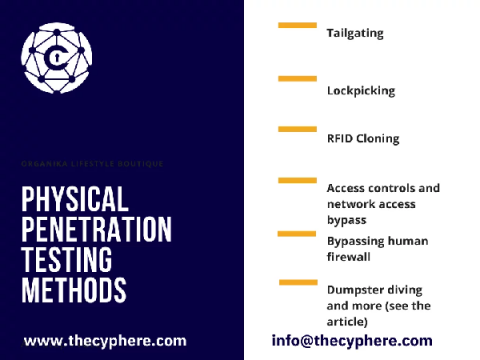IT Risk Team Discovers Previously Unknown Vulnerability in Autodesk Software During Client Penetration Test
During a recent client engagement, the DGC penetration testing team identified a previously unknown vulnerability affecting the Autodesk Licensing Service, a software component bundled with nearly all licensed Autodesk products. The vulnerability exists in a software component common to most Autodesk products and impacts nearly all organizations using licensed Autodesk software in any capacity.










